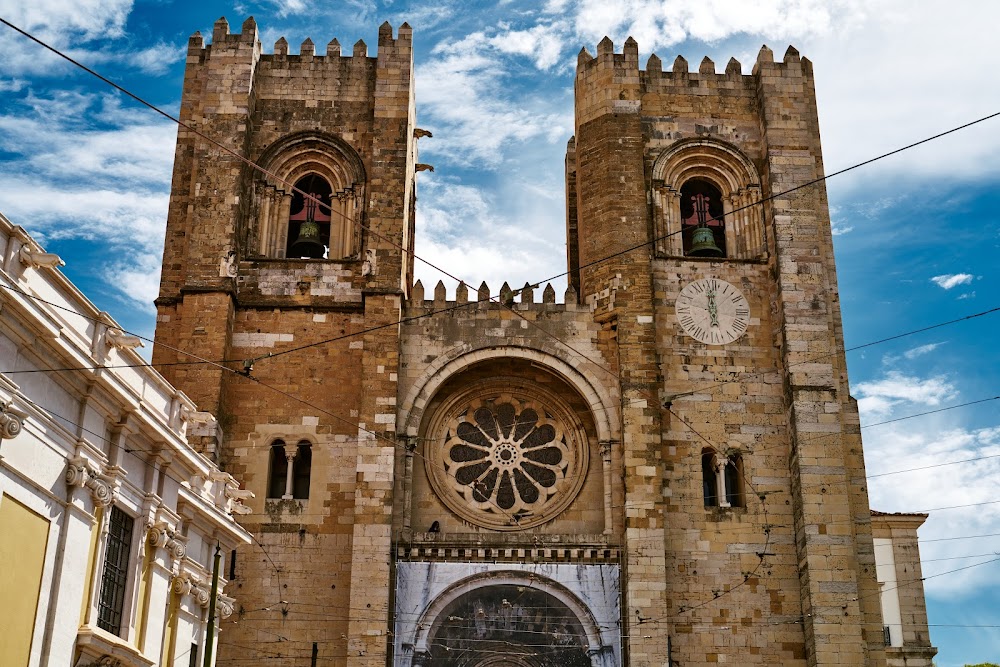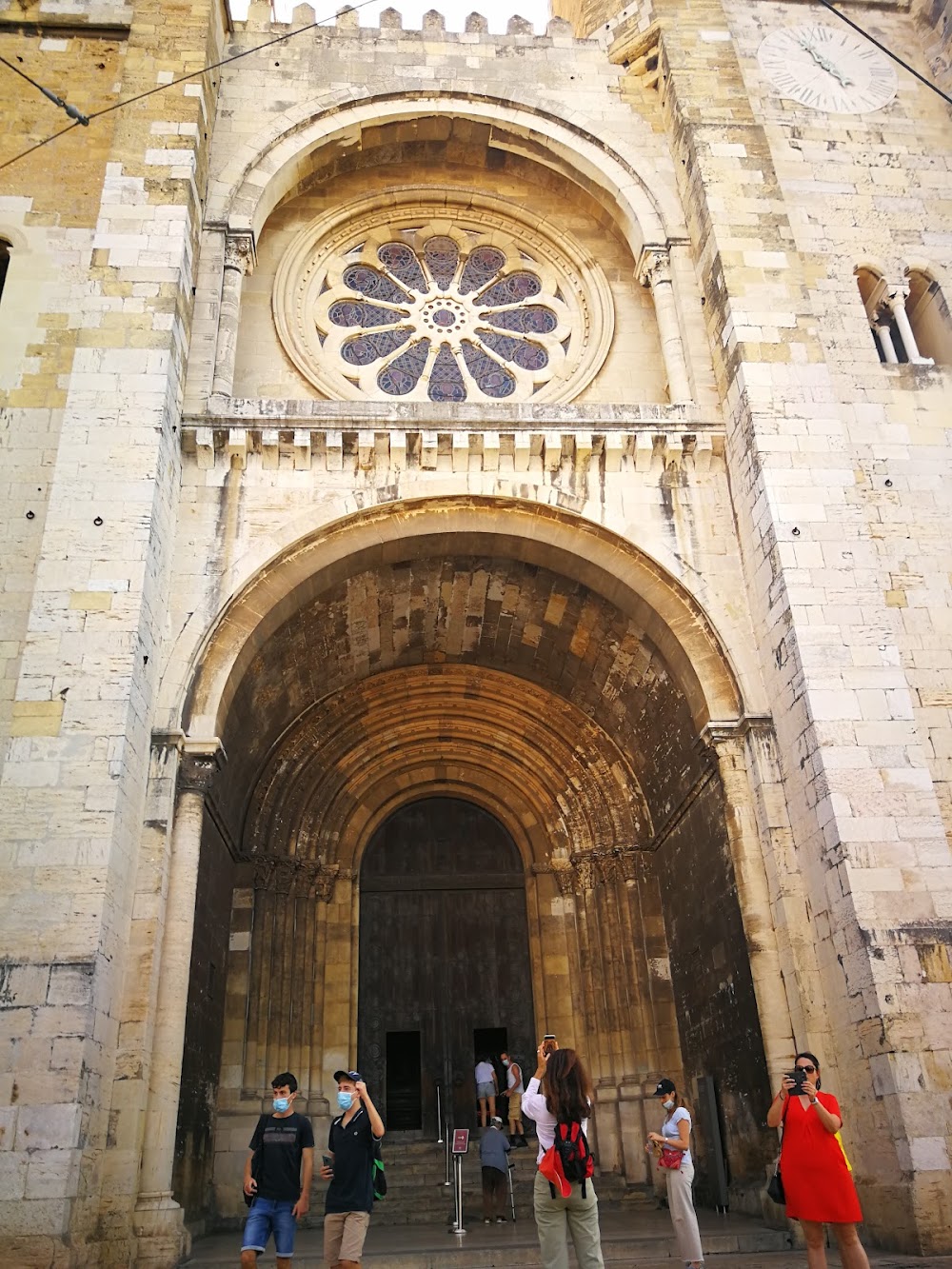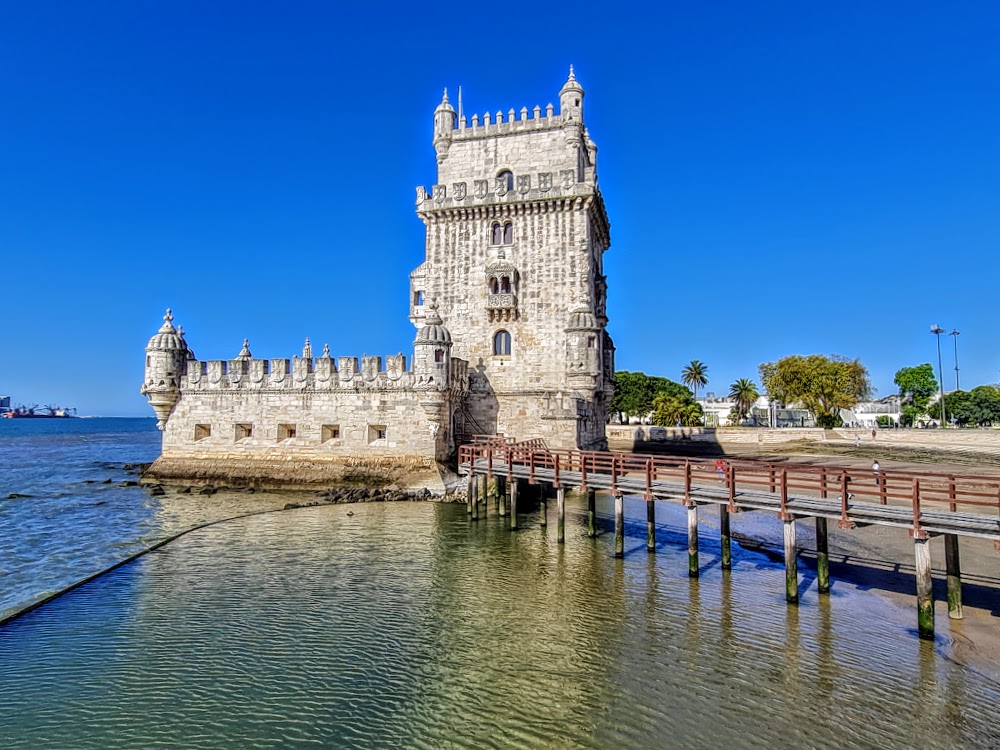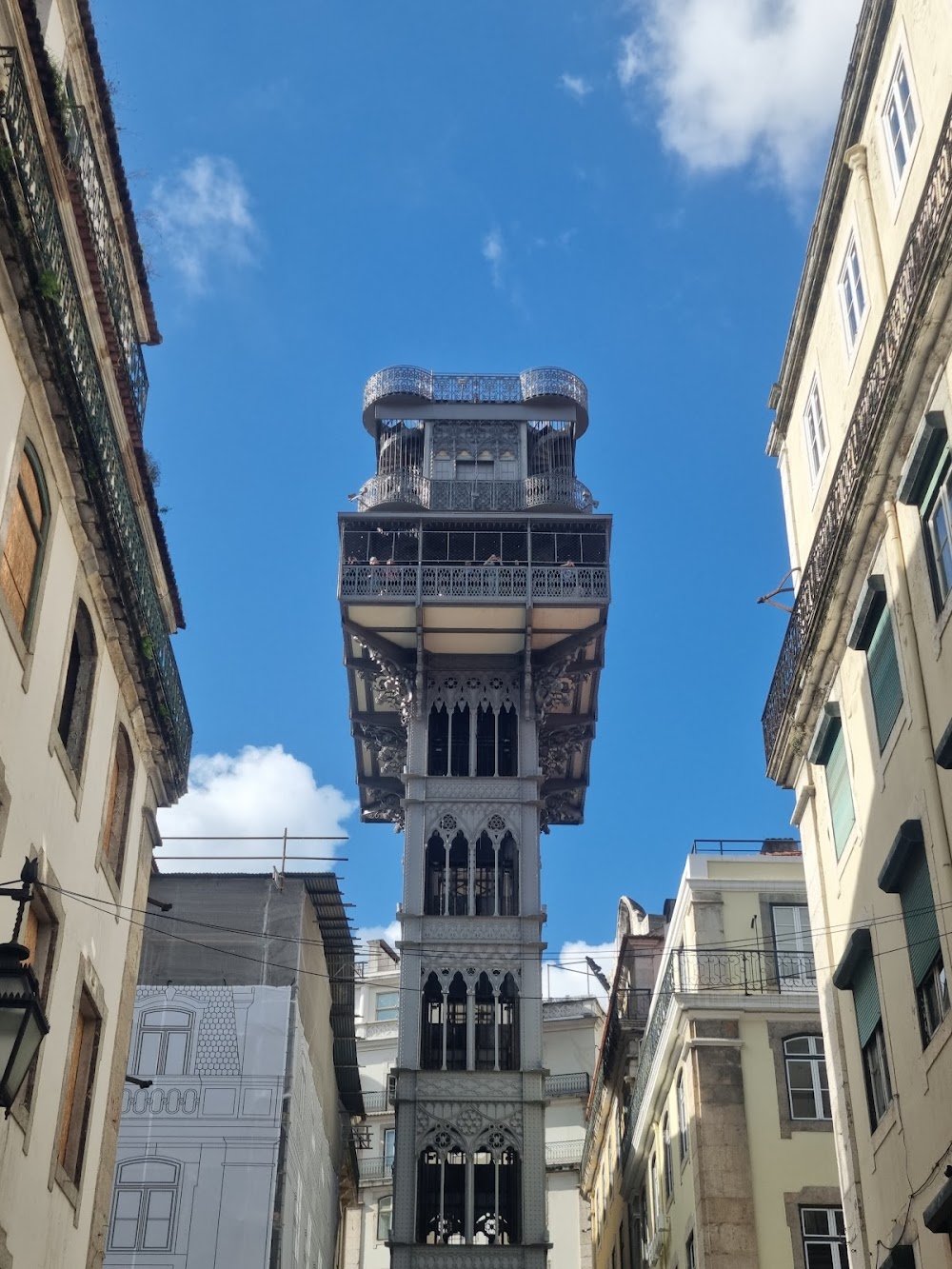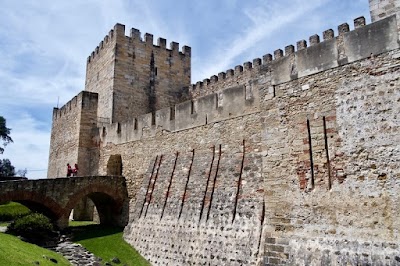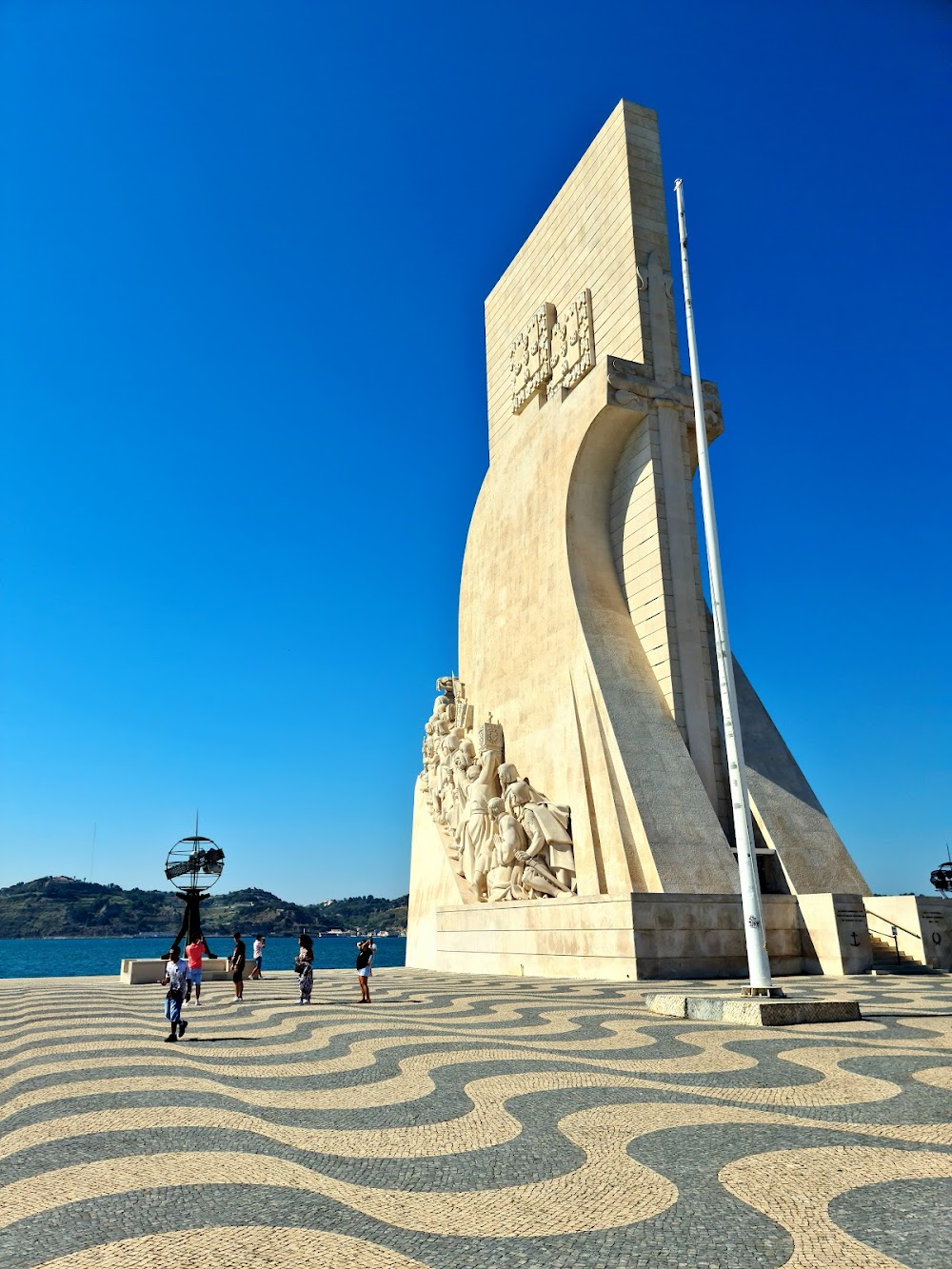Lisbon Cathedral (Sé de Lisboa)
Overview
Lisbon Cathedral, commonly referred to as the Sé, is an iconic landmark that embodies the rich history and architectural diversity of Lisbon, Portugal. This majestic structure, with its unique blend of styles, has stood the test of time, housing centuries of history within its stone walls. Construction began in 1147, following King Afonso I's successful expulsion of the Moors from the city during the Second Crusade.
Historical Significance
The site of Lisbon Cathedral was previously occupied by a mosque during the Moorish era, making its location deeply significant. The initial construction was marked by a sense of urgency to establish Christian dominance, resulting in a sturdy yet relatively simple Romanesque design. This is evident in the cathedral's fortress-like appearance, characterized by thick walls and heavy, round arches that evoke a sense of strength and permanence.
Architectural Evolution
Over the centuries, the Sé has undergone numerous transformations. In the 13th century, Gothic elements were introduced, infusing the structure with grace and light. The cloisters, begun during the reign of King Dinis, showcase the intricate tracery and pointed arches typical of Gothic architecture. Additionally, the introduction of chapels featuring ribbed vaulting and taller, pointed windows softened the earlier Romanesque robustness, creating a harmonious blend of styles.
Reconstruction After the Earthquake
The cathedral's evolution continued as it faced the devastating earthquake of 1755, which severely damaged much of Lisbon, including the cathedral itself. Reconstruction efforts honored the original styles while also incorporating Baroque influences. This period brought the addition of a grand new sacristy and renovations that melded repair work with stylistic updates, further enriching the cathedral's architectural narrative.
Religious Artifacts and Treasures
Beyond its architectural splendor, Lisbon Cathedral is home to significant historical and religious artifacts. The Treasury Museum boasts a collection of relics, including the remains of Saint Vincent, the city's patron saint, whose relics were believed to have been brought to Lisbon in the 12th century. Additionally, the northwest tower, completed in the 14th century, houses the remains of King Afonso IV and his family, underscoring the cathedral's royal connections.
Stunning Features
One of the cathedral's most striking features is the magnificent rose window, which casts vibrant patterns of light across the interior, creating a serene and almost mystical ambiance. Crafted during the Gothic renovations, this window continues to captivate visitors and is a testament to the artistry of the period.
Archaeological Discoveries
The Sé also showcases an intriguing blend of modern and ancient elements. Excavations in the 20th century unearthed remnants of Roman, Visigothic, and Moorish structures beneath the cathedral floors, revealing that this site has served as a place of worship for various civilizations over millennia.
A Testament to Resilience
Today, Lisbon Cathedral stands as a testament to the city's resilience and historical significance. It is not just a place of worship; it is a cherished monument that reflects the layers of Portuguese history and culture. Each phase of its construction and renovation contributes to the rich tapestry of stories that define this extraordinary edifice, inviting visitors to explore its past and appreciate its enduring beauty.


